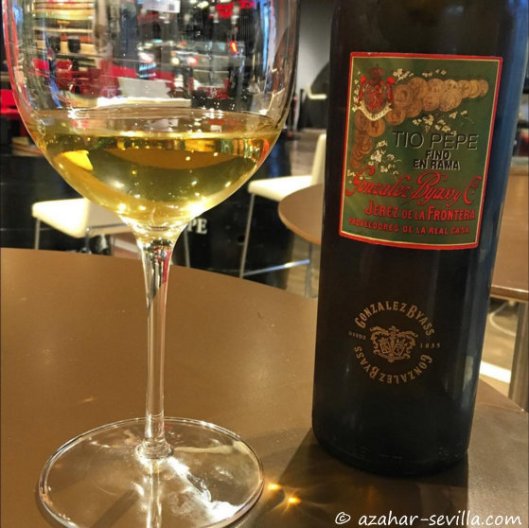This year summer in Sevilla looks like being notable for its night visits to various monuments and cultural establishments. On Tuesday July 26 I was invited to participate in one of a series of night visits to El Hospital de los Venerables Sacerdotes organised by the Focus-Abengoa Foundation and Engranajes Culturales. This included some parts of the building that are not normally open to the public, and was be partly conducted by candlelight (okay, battery powered candles, not real ones), to give a sense of how the building would have looked in its early days in the late 17th century.
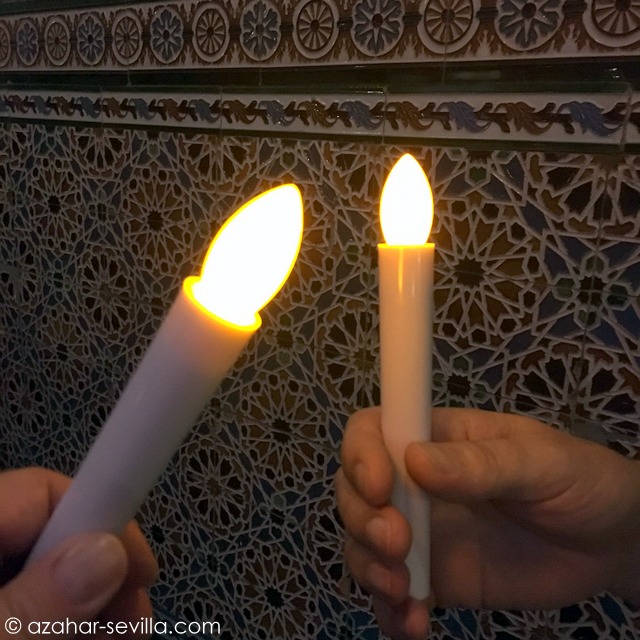
Our guide for the evening was Sergio Raya, and as the shadows lengthened we collected our candles and set off. The hospital consists essentially of a number of rooms and buildings arranged on two floors around the famous sunken central courtyard, which we would come back to later, but first stop was the Hospital Church.
Although of modest size the iconography of its decoration is considered to be among the most complete and complex in Spain, with a theme revolving around the centrality of the priesthood and the respect owing them. Among the artists whose work is represented here are Lucas Valdés and Juan de Oviedo. Unfortunately the main altar is not the 17th century original, which was destroyed, but dates to 1889. Also modern is the splendid organ, designed and built in the 1990s with decorative finishes faithful to the earlier age.
 the hospital church and organ
the hospital church and organ
From the church we went on through the sacristy, most notable for a “trompe l’oeil” ceiling designed to make it appear much higher than it really is, and into the patio of the sacristy. This is the oldest part of the building, and was where the first patients were housed prior to the completion of the hospital dormitories. The back entrance to the hospital, giving onto Calle Consuelo, is here too. Just beyond is another patio with an intriguing history. This was the location of the Corral de Comedias de Doña Elvira, an institution that could be thought of as the Sevilla equivalent of Shakespeare’s Globe Theatre, and roughly contemporary with it (1578-1632). It was so named because it was in the gardens of the Palace of Doña Elvira de Ayala (born 1377), which was in the nearby Plaza of that name.
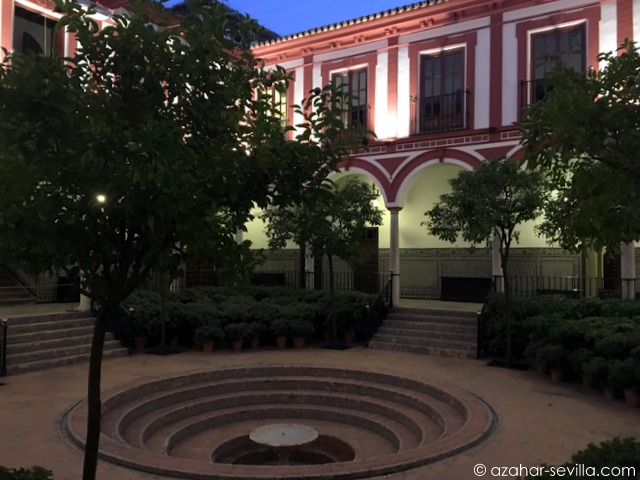 central patio
central patio
From there we went back to the central patio, which is one of the best in Sevilla. Unusually, the central square is below the level of the surrounding colonnade, and the fountain is set into a stepped circular well. The overall effect is visually pleasing, though apparently the motivation for the design was the rather mundane matter of drainage.
Our next stop was the hospital room on the lower floor (there is another on the upper floor; these were used at different times of year), not normally open to the public. A high-ceilinged room with an arcade of pillars down the centre, it reminded me somewhat of a sherry bodega. A painting in the upper gallery shows it with the patients in rows of beds down either side, and this was the model for the layout of other hospitals in the city. We experience it by the light of our candles, a rather gloomy place, and after a while stifling in the summer heat.
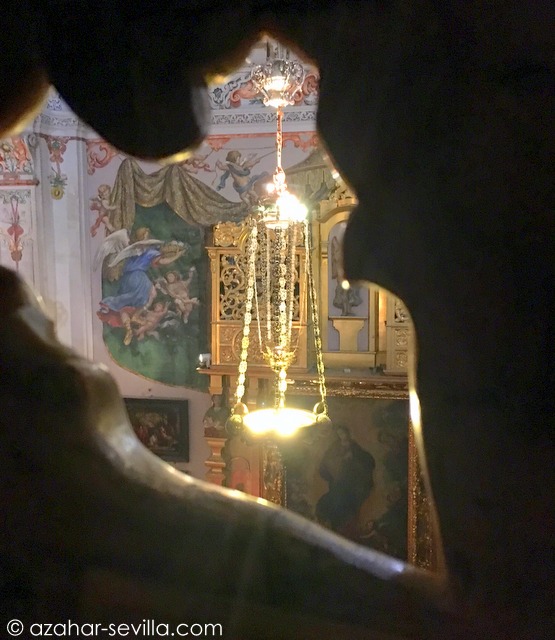 view of the church through the upper gallery
view of the church through the upper gallery
On then to the upper gallery, by way of the main stairway, which has a fine cupola with representations of the papal tiara and Saint Peter’s keys, maintaining the theme of the importance of the Church and clergy. On the side of the upper gallery alongside the church a doorway to a screened balcony allows you to look down into the church without being seen.
Next stop was the Library. This was created in 1981 as an HQ and book depository for Focus Abengoa, in what was originally the Hospital refectory. Beyond, a narrow stairway leads up to the Altana, or Torre Mirador, an open platform with a mudejar style ceiling from where you can look out over the Santa Cruz neighbourhood. As always, things look different from the rooftops than they do at ground level, and I found it quite hard to get my bearings.
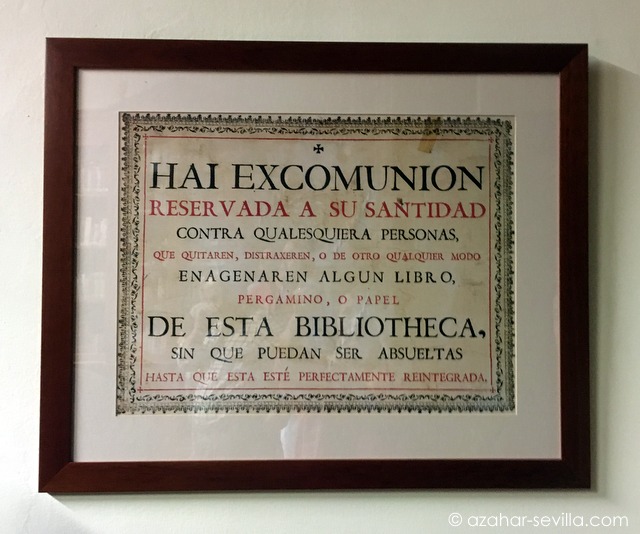 warning!
warning!
This was a fitting last stop on our tour, which showed us more, and with a deeper level of explanation, than you get from a standard visit, so a big thank you to Engranajes Culturales and Focus Abengoa for a fascinating experience, and to our guide Sergio who kept things going despite almost 40º temps and who was both entertaining and informative.
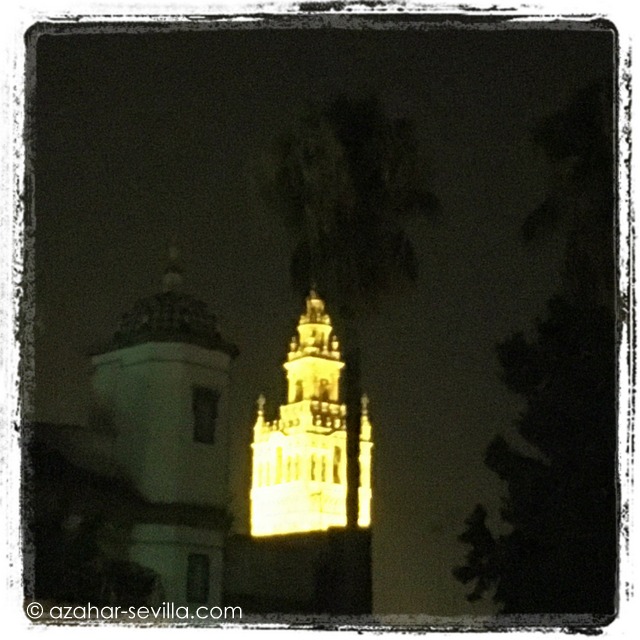 view from the Torre Mirador
view from the Torre Mirador
For more summertime cultural experiences, including night visits to Las Dueñas, El Salvador Church and Las Teresas Convent, have a look at Engranajes Activities Page.
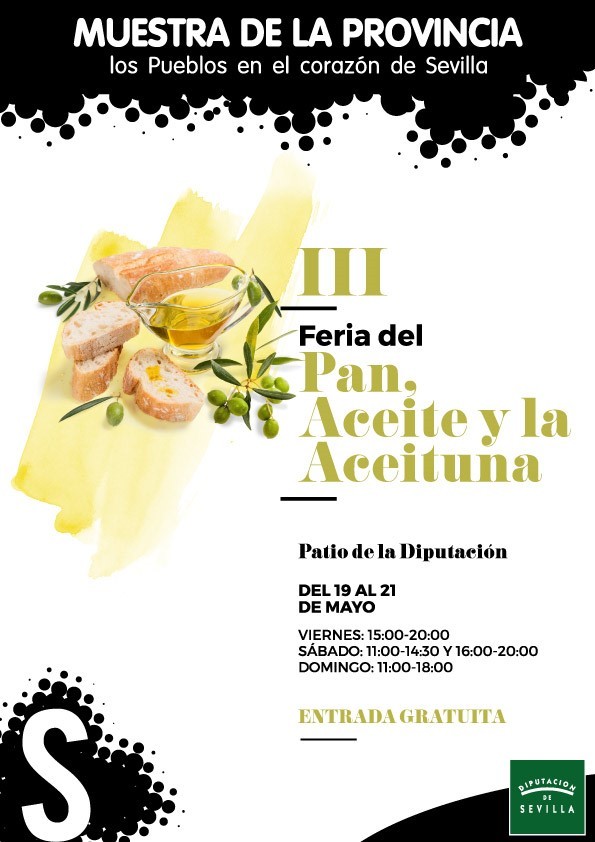
 The two painters, born in Seville a generation apart (Velazquez in 1599 and Murillo in 1617), and having their formative influences there, nevertheless had quite different career trajectories, Velazquez leaving Seville to work at the Spanish court in Madrid in 1623, while Murillo spent his entire working life in Seville. It’s not known whether the two ever actually met in person (though they must have been aware of each others’ work), but while there is no record of a meeting, it’s not impossible as Murillo visited Madrid on several occasions, although art experts think that there was only limited reciprocal influence.
The two painters, born in Seville a generation apart (Velazquez in 1599 and Murillo in 1617), and having their formative influences there, nevertheless had quite different career trajectories, Velazquez leaving Seville to work at the Spanish court in Madrid in 1623, while Murillo spent his entire working life in Seville. It’s not known whether the two ever actually met in person (though they must have been aware of each others’ work), but while there is no record of a meeting, it’s not impossible as Murillo visited Madrid on several occasions, although art experts think that there was only limited reciprocal influence.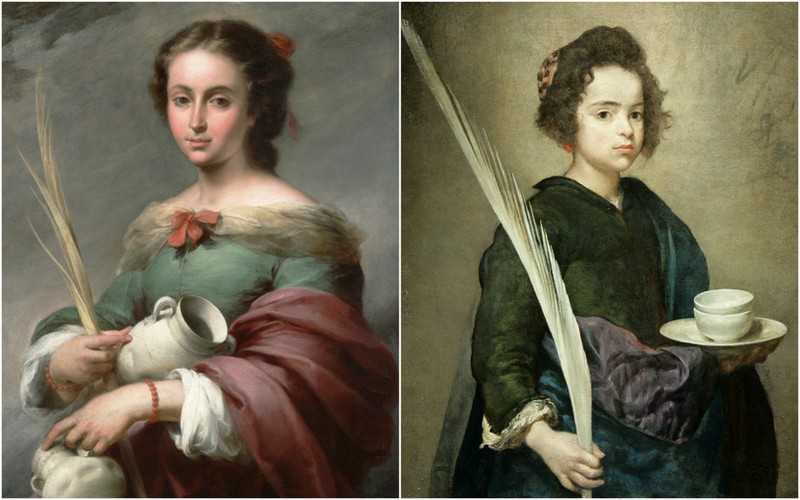 Santa Rufina by Murillo (left) and Velázquez (right)
Santa Rufina by Murillo (left) and Velázquez (right)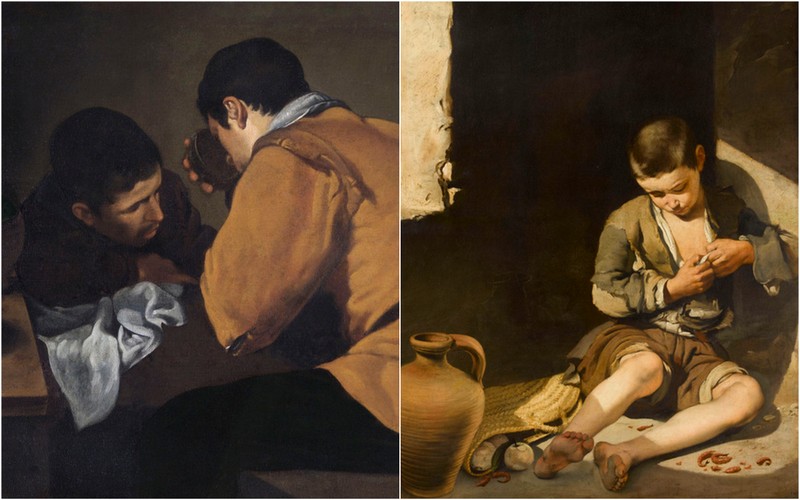 Everyday scenes by Velázquez (left) and Murillo (right)
Everyday scenes by Velázquez (left) and Murillo (right)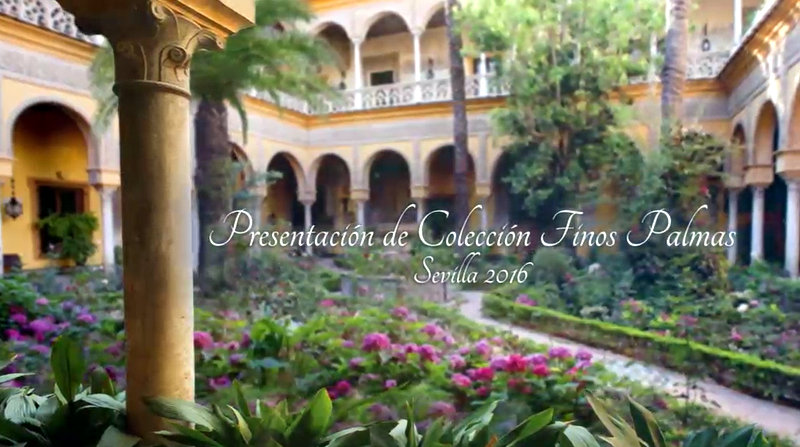
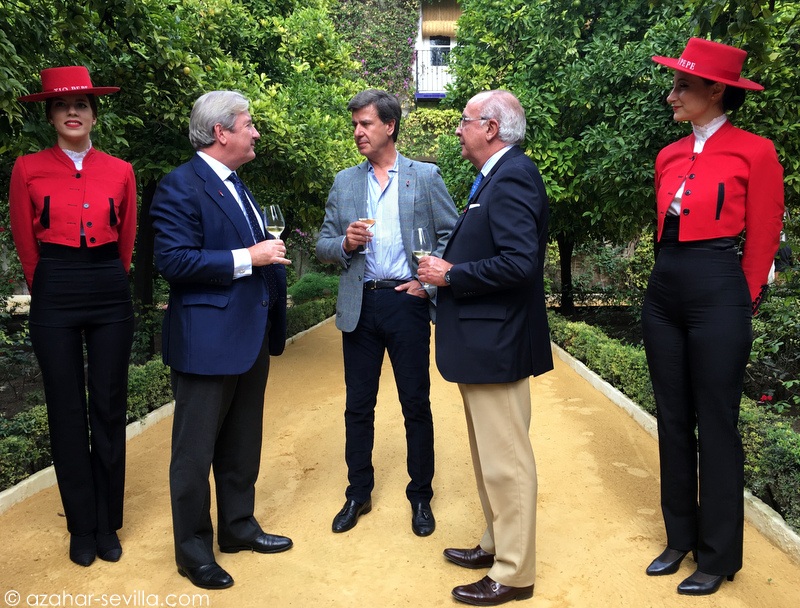 Pedro Rebuelta, Cayetano Martínez de Irujo, Antonio Flores
Pedro Rebuelta, Cayetano Martínez de Irujo, Antonio Flores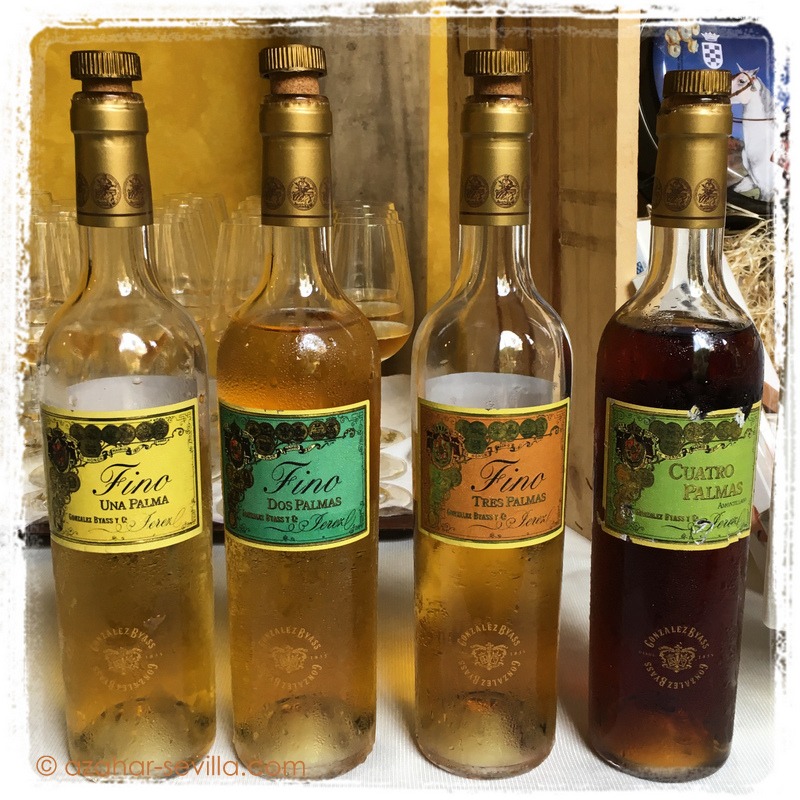
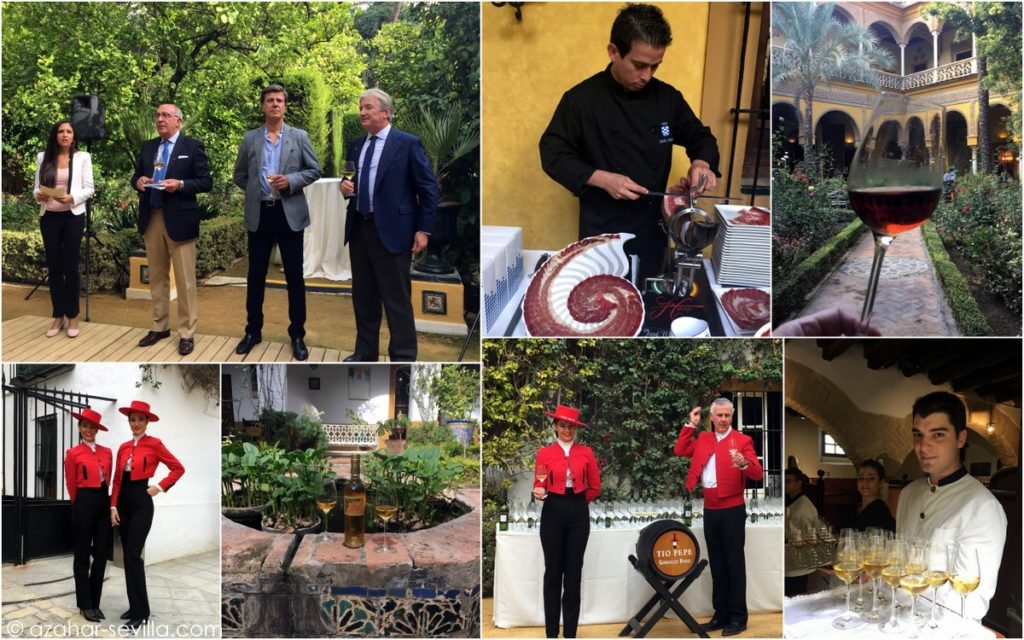
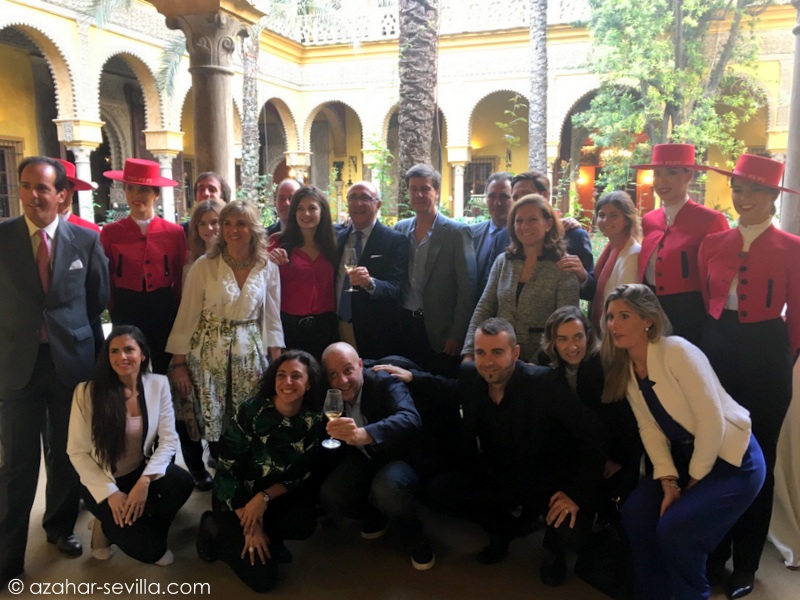


 the hospital church and organ
the hospital church and organ central patio
central patio view of the church through the upper gallery
view of the church through the upper gallery warning!
warning!  view from the Torre Mirador
view from the Torre Mirador